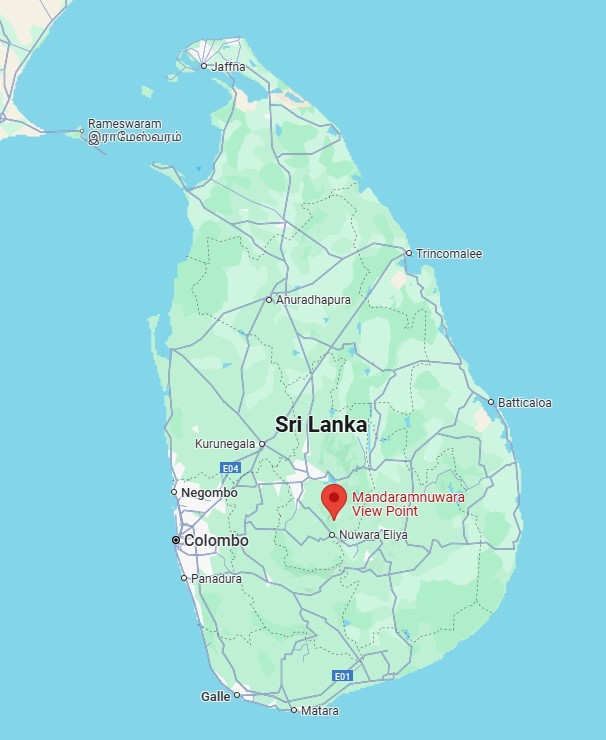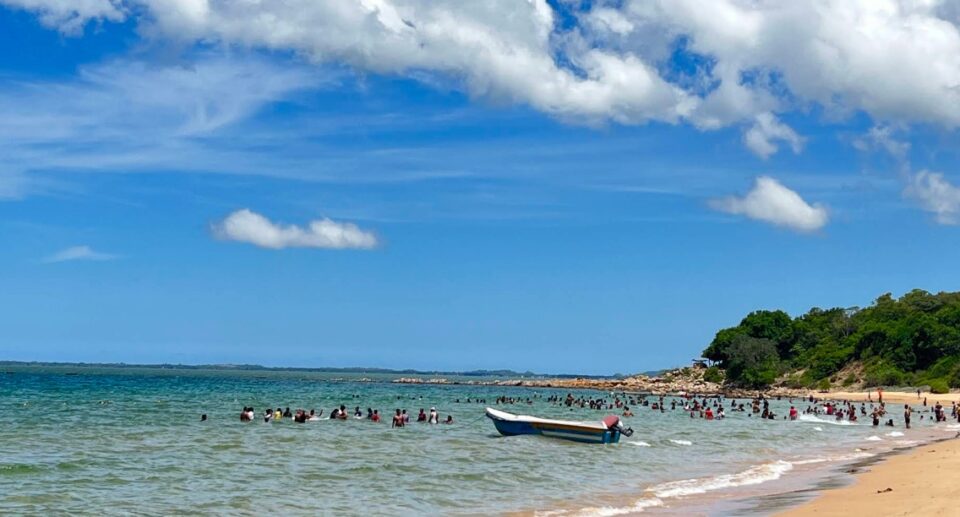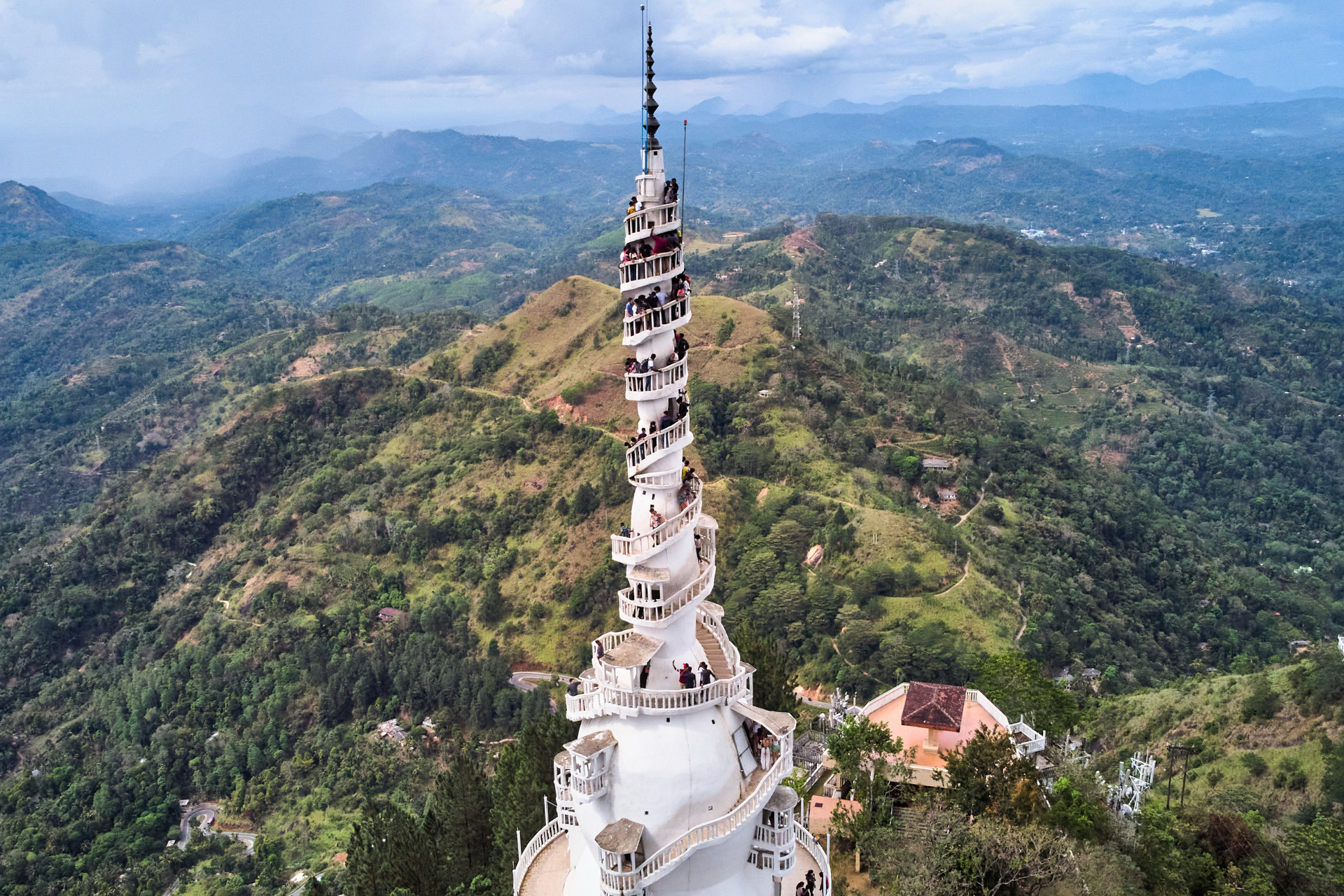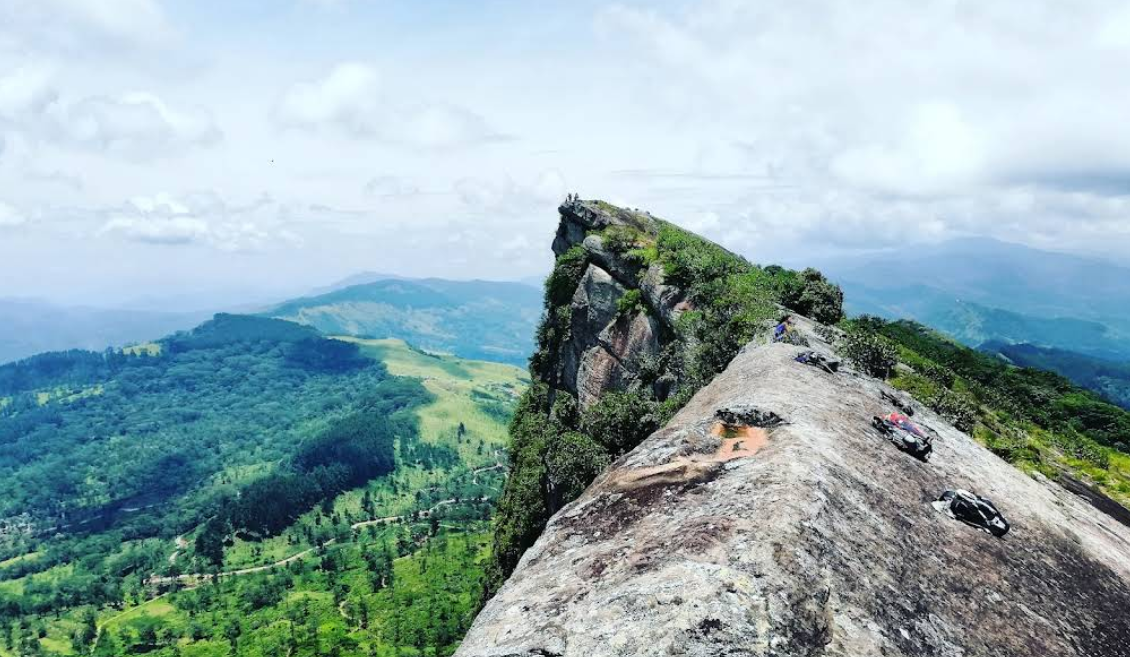Mandaramnuwara: The Misty Village at the Edge of the World
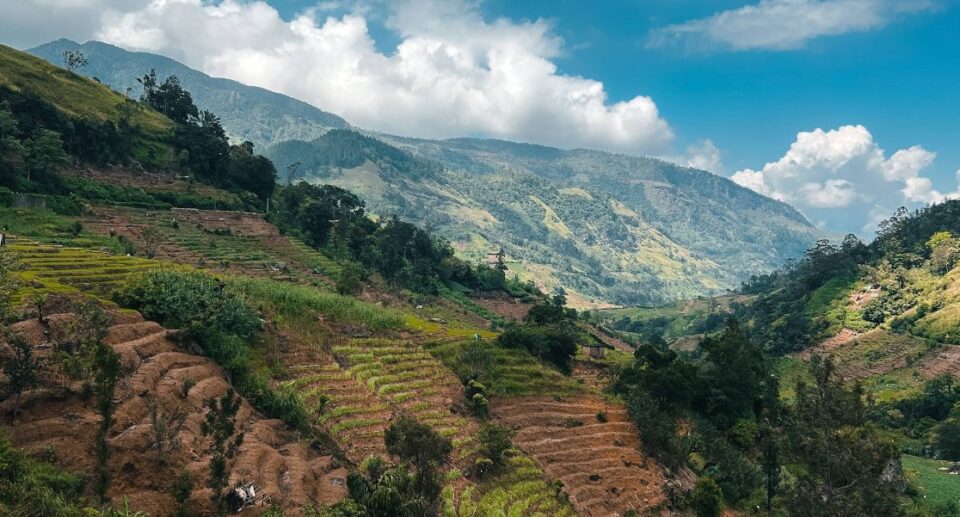
Concealed behind the shadowing veil of Sri Lanka’s second-highest mountain, Pidurutalagala, lies an idyllic and isolated village stuck in time. Mandaramnuwara, alternatively referred to as the “village without sunrise,” is a place of uncontrolled natural beauty, mysterious dawn breaks, and deep cultural heritage. Located in Sri Lanka’s Central Province, this village has remained untouched by contemporary times for many decades, and the outcome is one of the island’s most serene and beautiful locations.
This article explores the geography, culture, biodiversity, tourism, and way of life of Mandaramnuwara, providing an overall description of why the small village continues to bewitch all who stumble upon it.
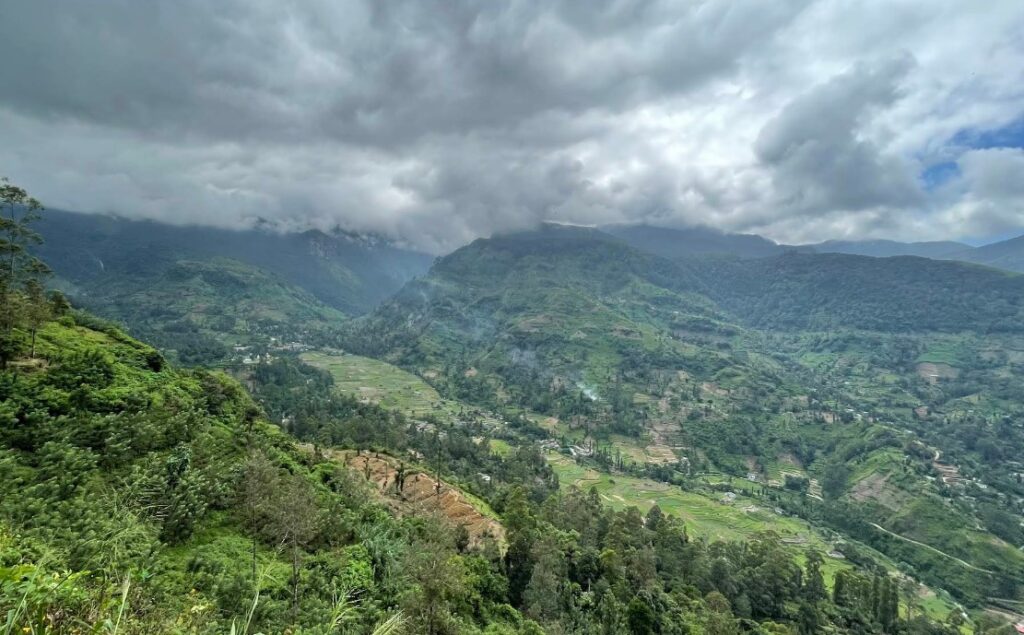
Geographic Location and Climate
Mandaramnuwara is situated in the Nuwara Eliya District of Sri Lanka, nestled in a valley at the foot of the Pidurutalagala mountain range. It is bordered by hills and dense forest on all sides and can only be accessed by a serpent-like, narrow road that makes it look even more beautiful and inaccessible.
Perhaps the most interesting aspect of Mandaramnuwara is its unique microclimate. Due to the high mountains that surround the village, direct sunlight barely reaches the valley floor, especially in the mornings explaining locals’ nickname, “village without sunrise.” There is always fog and drizzle lingering, which gives the village an unearthly, dreamlike quality to it. It is perpetually cool, with normal temperatures and rain, so it is one of the nation’s most fertile regions.
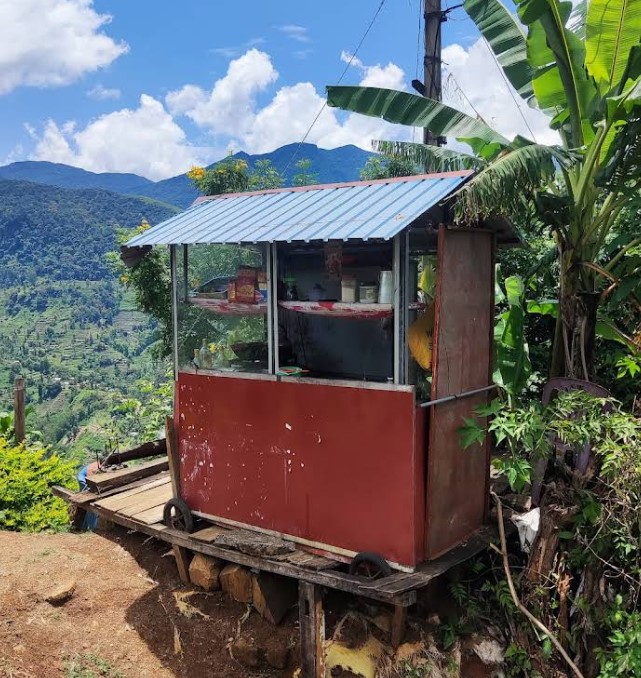
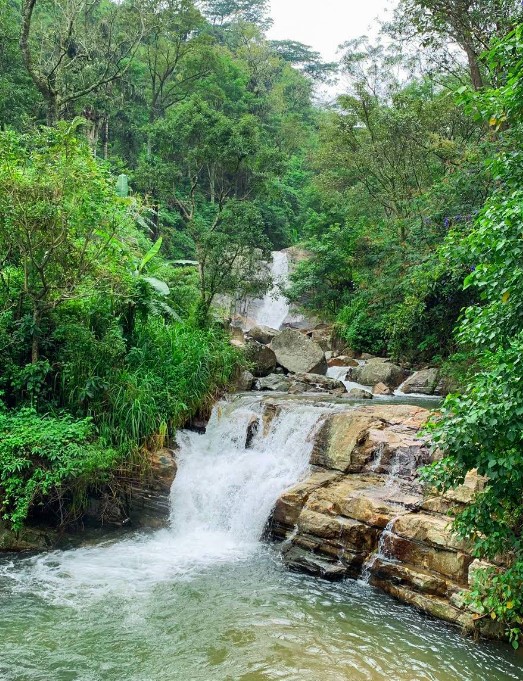
Historical and Cultural Background
Mandaramnuwara has a rich history, if not so well documented. Literally translated, its village name is “Royal City of Mandaram,” and the villagers narrate stories of it being a hiding place for an ancient king and a nobleman. Though there is little record in history, oral tradition passed down through generations shows that this was a temporary camp in times of political turmoil in ancient Sri Lanka.
The village remains predominantly Sinhalese and Buddhist, with minute shrines and temples dispersed across the landscape. Cultural practices revolve around simple, rural lifestyles, with festivals celebrated as per the Sinhala and Tamil calendar. They are renowned for their hospitality and way of living closely connected with nature.
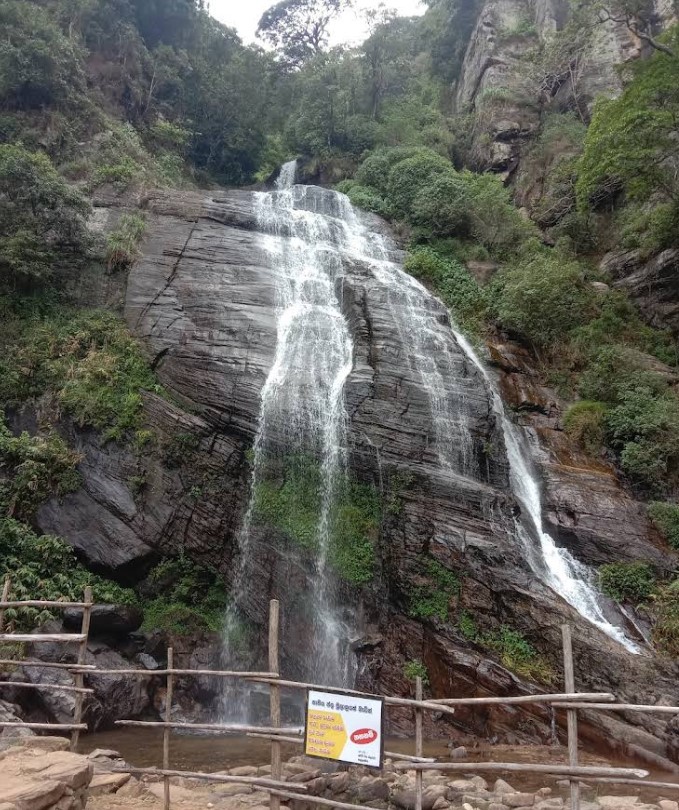
Lifestyle and Economy
The rhythm of life in Mandaramnuwara is slow, peaceful, and humble. Most of the villagers are rice cultivators who believe in the largesse of nature with copious rains and fertile soil to grow vegetables, tea, and rice. Terraced farming is prevalent, and the farming methods are largely organic and traditional.
Electricity and internet are erratic in some places, although this is gradually improving. Mobile phone reception can be patchy, which adds to the village feeling isolated. For most villagers, life still moves to the rhythms of nature sunrise and sundown, rain and harvest.
Villagers will gather in communal spaces for religious ceremonies, cultural celebrations, and communal fieldwork. There is a clear high level of community and support for one another, something city people tend to miss.
Environment and Biodiversity
The highest point of Mandaramnuwara is its high degree of biodiversity. Surrounded by dense forests, it is a wildlife corridor in the true sense. The region has numerous species of birds, mammals, and insects inhabiting it. Being close to the Pidurutalagala Conservation Forest and the Knuckles Mountain Range increases its environmental importance.
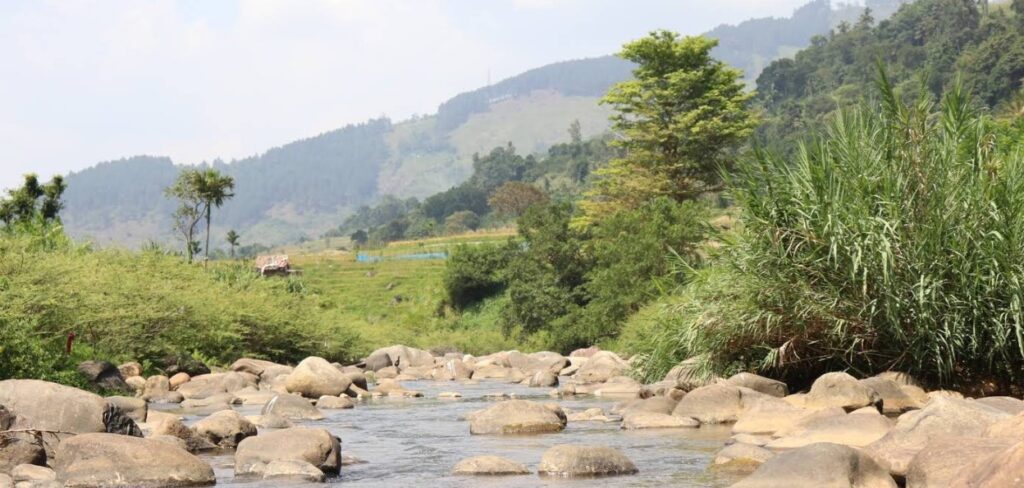
Nature lovers and bird watchers are often drawn to the area because the area has rare endemic birds such as the Sri Lanka whistling thrush and the Sri Lanka blue magpie. Endemic mammals such as sambar deer, barking deer, and purple-faced langurs can be found in the surrounding forests from near at hand.
Streams, natural pools, and waterfalls like the Kolapathana Ella—are dotted throughout the village. These water sources provide clean, fresh water and are also popular picnic and bathing spots for tourists and villagers alike.
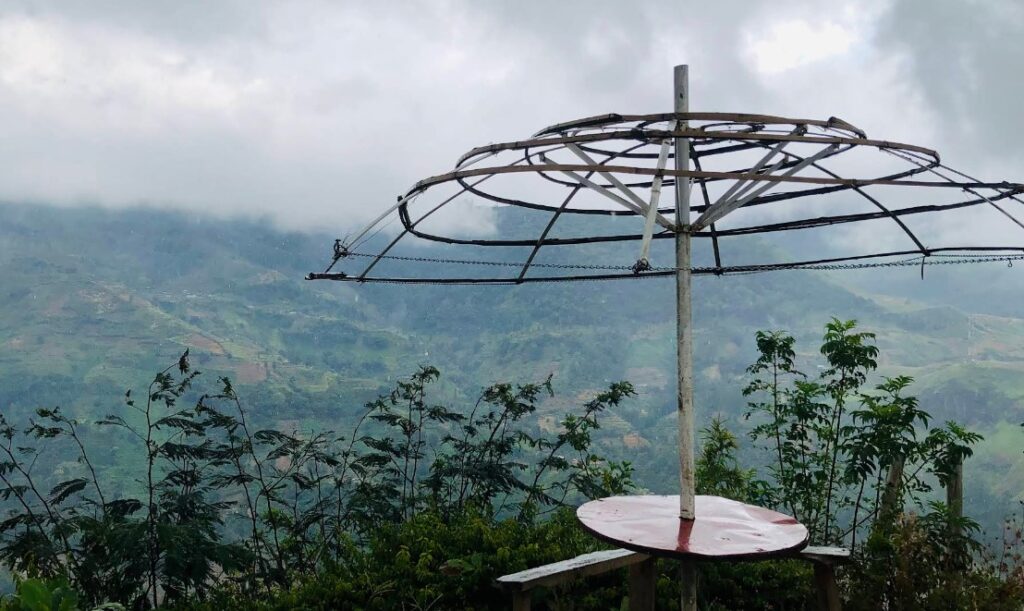
Tourism Potential
In recent years, green travel trends and environmental tourism have made destinations like Mandaramnuwara more sought after. Although still far from the beaten path, the village is more easily accessed for local and international travelers looking for more authentic, less touristy environments.
Homestays and eco-lodges have been set up, with minimal environmental footprint offering stay. Treks, bird watching, agriculture, and cultural exchange are undertaken with the locals. Hospitality is genuine, with food, in most instances, being home-cooked using organic locally farmed vegetables and fruits.
Mandaramnuwara is particularly appealing to photographers, writers, and meditation masters as its peaceful environment is most conducive to introspection, creativity, and rest.
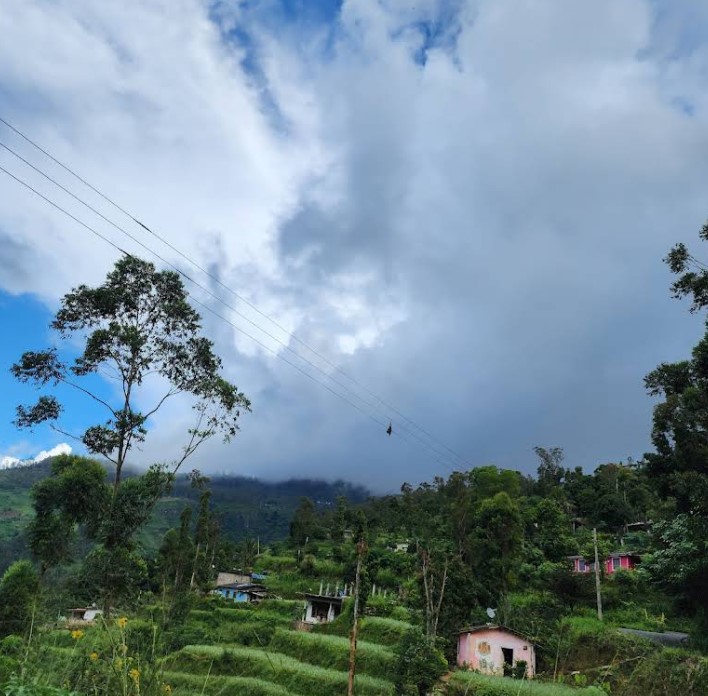
But tourism expansion has also been a source of concern over sustainability. Villagers and environmentalists have been advocating for sustainable planning to preserve the area’s sensitive ecosystem and cultural heritage. There have been demands for sustainable tourism, such as limitations on construction, waste management policies, and both visitor and resident education programs.
Natural Attractions
Kolapathana Ella Waterfall
This cascading waterfall is one of the most celebrated natural spots of Mandaramnuwara. With its transparent water and lush landscape, it becomes a favorite among locals and visitors alike. A short trekking experience via paddy fields and jungle trails leads to the falls, an ideal spot to have nature at close proximity.
Pidurutalagala Mountain Range
Despite Pidurutalagala itself being an enclosed military zone, the foothills of the mountain can be explored with local guides. These trails offer breath-taking views, unusual vegetation, and wildlife encounters.
Secret Streams and Ponds
In addition to well-documented places, Mandaramnuwara also contains hidden treasures of nature—sleeper streams, fern-covered paths, bamboo groves, and serene hill views. These off-the-beaten-path sites are ideal places for meditation or picnicking with loved ones.
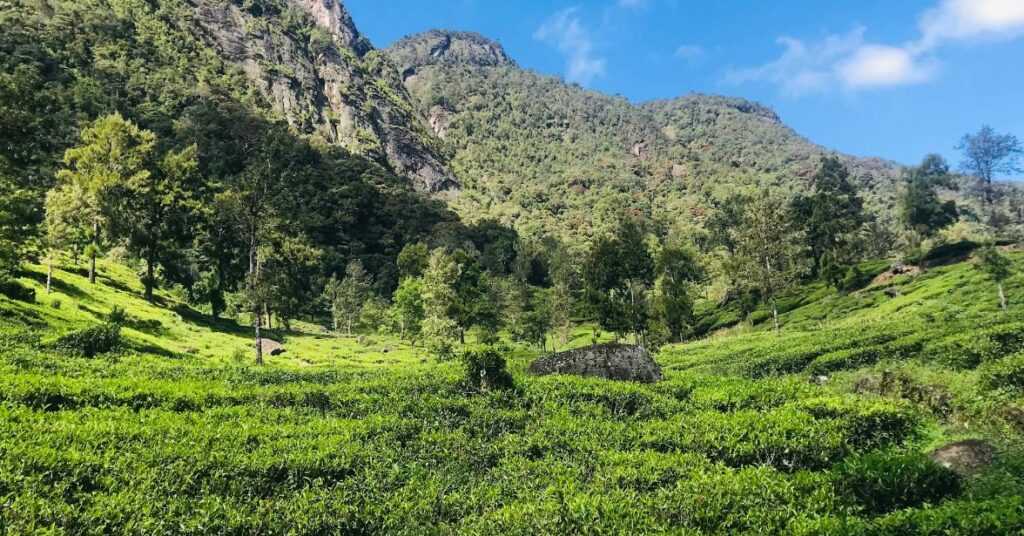
Challenges and Future Outlook
Although Mandaramnuwara’s remoteness has maintained its beauty, it is not without its problems. Infrastructure is still underdeveloped, such as roads, medical facilities, and educational access. Youth leave the village to find better prospects in the towns and cities, creating fears about the viability of the village’s traditional lifestyle.
But hope exists. Local initiatives, typically spearheaded with assistance from NGOs and private eco-tourism investors, are focusing on capacity building for communities, skills development, and environmental education. Mandaramnuwara, with proper planning, can serve as an example for rural tourism in Sri Lanka—harmonizing economic opportunity with ecology and cultural preservation.
Mandaramnuwara is not a village, but a sanctuary. In a world that is becoming more chaotic and interconnected daily, it is a journey back to simplicity, to nature, and to oneself. With its foggy mornings, rolling hills, and gracious people, it is like something out of a talebook village.
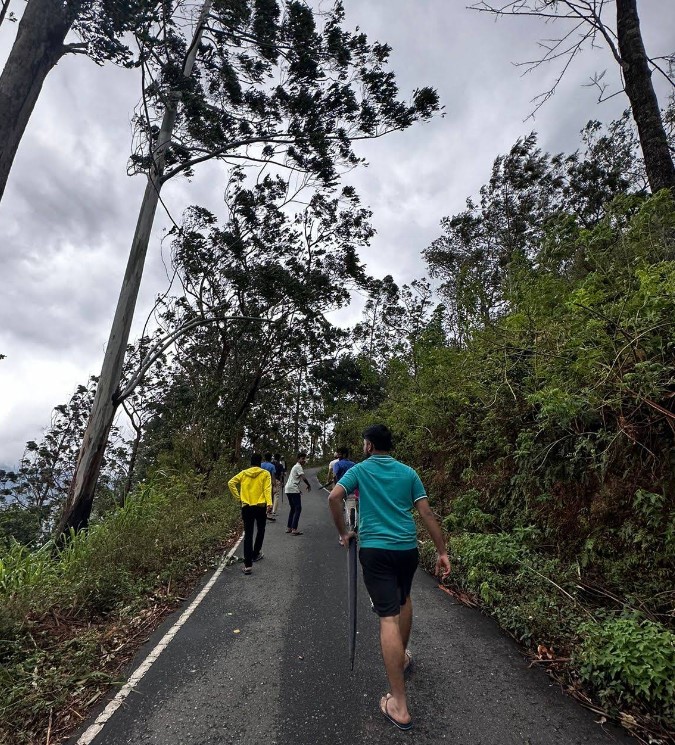
As Sri Lanka continues to develop as a tourist destination, places like Mandaramnuwara remind us of the importance of slow travel, sustainability, and the enduring worth of natural and cultural heritage. Traveling to the mist-shrouded village is not an excursion through geography—it is an excursion through time, calm, and the serene rhythms of rural life.
How to Get to Mandaramnuwara, Sri Lanka
Mandaramnuwara is located in the Nuwara Eliya District of the Central Province in Sri Lanka. It’s a remote, scenic village nestled at the base of Pidurutalagala, Sri Lanka’s tallest mountain. Reaching it requires a combination of main roads and narrow rural routes, but the journey is worth the effort.
By Public Transport
Option 1: From Kandy
- Step 1: Bus to Walapane or Rikillagaskada
- From Kandy Bus Stand, take a bus heading to Rikillagaskada or Walapane.
- Travel time: Approx. 1.5 – 2 hours.
- Step 2: Bus or tuk-tuk to Mandaramnuwara
- From Rikillagaskada, you can take a local bus or hire a tuk-tuk to Mandaramnuwara.
- The final stretch is narrow and winding but very scenic.
Option 2: From Nuwara Eliya
- Take a bus to Lindula or Padiyapelella.
- From there, hire a three-wheeler (tuk-tuk) or take a local bus to Mandaramnuwara.
- Travel time from Nuwara Eliya: 2–3 hours depending on connections.
By Private Vehicle
The easiest and most flexible way is by car or van (especially if you’re traveling in a group or with luggage):
From Kandy:
- Route: Kandy ➝ Rikillagaskada ➝ Mandaramnuwara
- Travel time: Around 2–2.5 hours
From Nuwara Eliya:
- Route: Nuwara Eliya ➝ Padiyapelella ➝ Mandaramnuwara
- Travel time: Around 2–3 hours
Note: The road conditions become narrow and steep toward the end. A 4WD or vehicle with good clearance is helpful, especially in rainy weather.
Tips Before You Go
- Fuel up early – There are no major fuel stations in or near the village.
- Pack essentials – ATMs, pharmacies, or supermarkets are limited.
- Check weather – The area is prone to heavy mist and rain.
- Accommodation – Book in advance if staying overnight; there are limited homestays and guesthouses.
